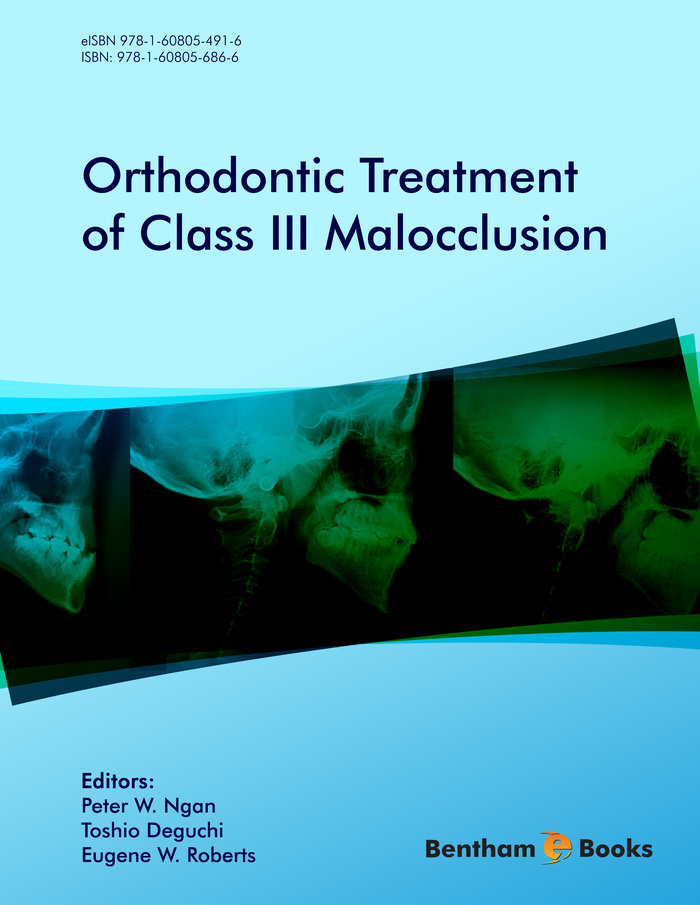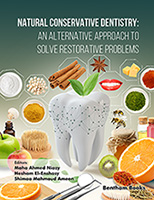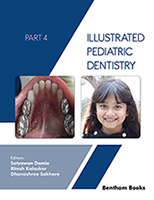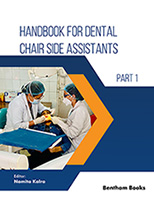I was very flattered having received the invitation to preface this book. After reviewing its contents, I wish to take this opportunity to thank each of the authors who have contributed so magnificently to the orthodontic literature.
Orthodontic management of the Class III malocclusion has been a genuine challenge to the profession and remains a controversial issue among clinicians and researchers. Some support the dictum that growth and size of the craniofacial complex are genetically predetermined and cannot be altered. They assume that the great majority of Class III cases are “untreatable” by orthodontics alone, and that surgical management after growth has been completed is inevitable. Others agree that heredity plays a major role in this type of deviation, yet support the contention that the pattern and direction of growth can be modified and that forces generated in orthopedic and orthodontic treatments are able to minimize and even successfully correct some Class III malocclusions. The controversy is real and one question still to be answered: How much can orthodontics really do?
Orthodontic Treatment of Class III Malocclusions helps to answer many questions and leads to fascinating suggestions for more research. It is truly an indoctrination of the very basic issues of growth and development and the influence of heredity in the growing and non-growing patient. Skeletal anchorage devices, surgical protocols, lingual orthodontics and a very interesting chapter on cleft lip and palate patients can be found in the text. All the material presented is well anchored on scientific and clinical evidence.
As an academician who has devoted a great deal of time to Class III treatment, I would say that this text is a great addition to the literature, reinforcing and supporting the premise that appropriate interventions at the proper time, accompanied by a family growth study may very well minimize or camouflage the Class III to acceptable and stable results without surgical intervention. There is clinical and scientific evidence that selected procedures can change questionable prognoses.
And yet, with the introduction of the vast amount of new knowledge promulgated by the most recent research; the many authors, in their brilliant presentations offer evidence that the influence of skeletal anchorage, early intervention and heredity can certainly help the orthodontist make a more cogent decision in the ultimate treatment plan for the patient with the disfigured countenance.
Yes, indeed, this is a book packed with nuggets, and well worth reading.
Eustaquio Araújo, DDS, MDS
Masters and Certificate in Orthodontics, University of Pittsburgh, Pa, USA
The Pete Sotiropoulos Professor of Orthodontics
Clinic Director, Center for Advanced Dental Education, Saint Louis University
St. Louis, Missouri
Adjunct Professor, Kunghee University, Seoul, South Korea
Diplomate of the American Board of Orthodontics
Diplomate of the Brazilian Board of Orthodontics
Former President of the Pontifícia Universidade Católica de Minas Gerais
(Pontifical Catholic University of Minas Gerais), PUCMinas, Belo Horizonte
Brazil
Member of the Angle Society of Orthodontics, Midwest Component
Member of the International College of Dentists
Member of the American College of Dentists





